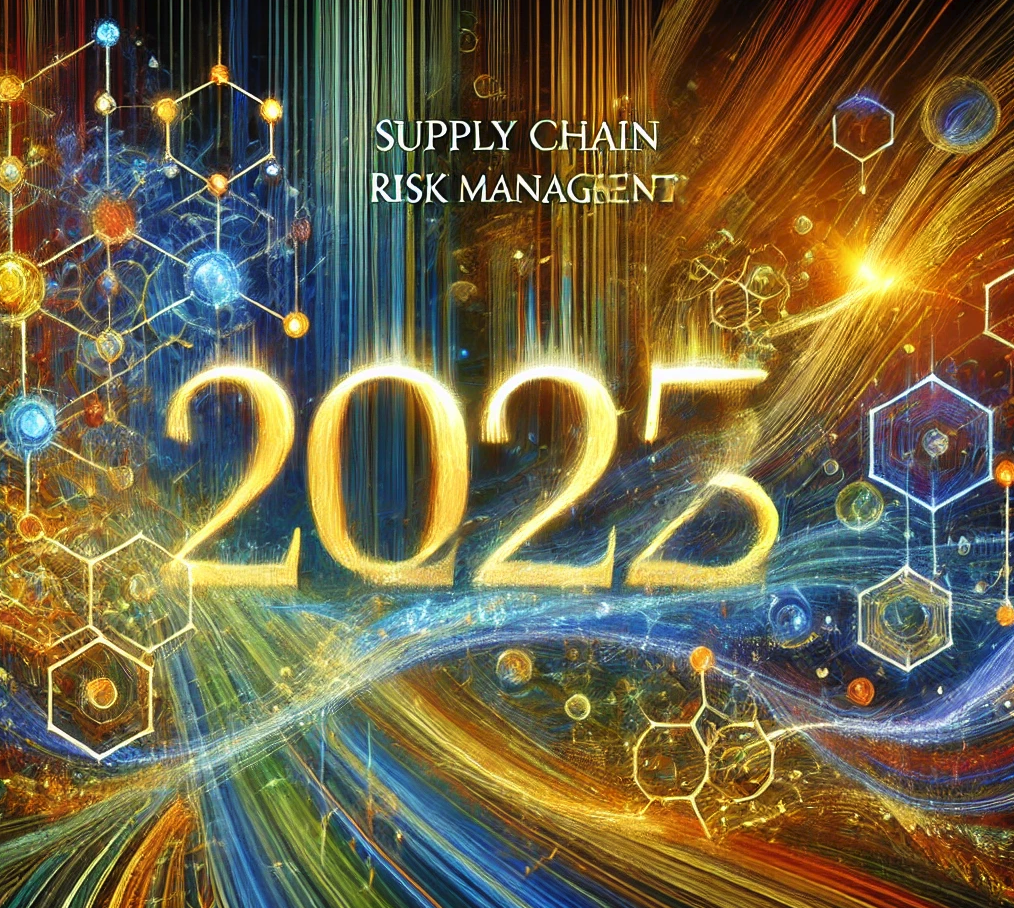
It’s a well-known fact that supply chains are essential for transporting raw materials, components, and products from one location to another. However, disruptions can arise, resulting in delays and financial losses. These disruptions may stem from natural disasters, political conflicts, economic downturns, or even global pandemics.
Types of Supply Chain Shocks
According to McKinsey, supply chain shocks can be classified into four categories:
- Unanticipated Catastrophes – Events like extreme terrorism or cyberattacks that happen unexpectedly and cause massive losses.
- Foreseeable Catastrophes – Large-scale shocks such as financial crises or global conflicts that can be predicted to some extent.
- Unanticipated Disruptions – Smaller but still significant events like data breaches or factory accidents.
- Foreseeable Disruptions – Issues that can be identified in advance, like trade disputes or regulatory changes.
How to Mitigate Supply Chain Disruptions
As business professionals and supply chain managers, your role in implementing these strategies is essential. Businesses must develop resilience to endure these shocks. There are three key strategies:
- Firefighting – Quick, short-term actions to fix immediate supply chain problems. These actions are often reactive and aim to restore the normal flow of operations as soon as possible.
- Integrating and Streamlining Operations – Planning ahead, setting up central response teams, and improving inventory management. For instance, companies can establish cross-functional teams to handle supply chain disruptions or implement advanced inventory tracking systems to ensure optimal stock levels.
- Achieving Structural Resilience – The most effective long-term strategy. This involves enhancing visibility across the entire supply chain and utilizing data analytics from various sources to anticipate and manage risks. With this strategy, you can feel assured in navigating and overcoming supply chain disruptions.
The Importance of Structural Resilience
Building structural resilience is essential for surviving significant supply chain shocks. McKinsey research indicates that supply chain disruptions lasting one month or more, which are essentially catastrophes rather than mere disruptions, now occur every 3.7 years. Companies that invest in visibility and data analytics can identify risks sooner and adapt more efficiently. This involves using digital tools to monitor suppliers, forecast demand, and simulate various scenarios. Over time, these enhancements contribute to a more stable and resilient supply chain. By focusing on resilience, companies can minimize disruptions and ensure a smooth flow of goods, even in uncertain times.

